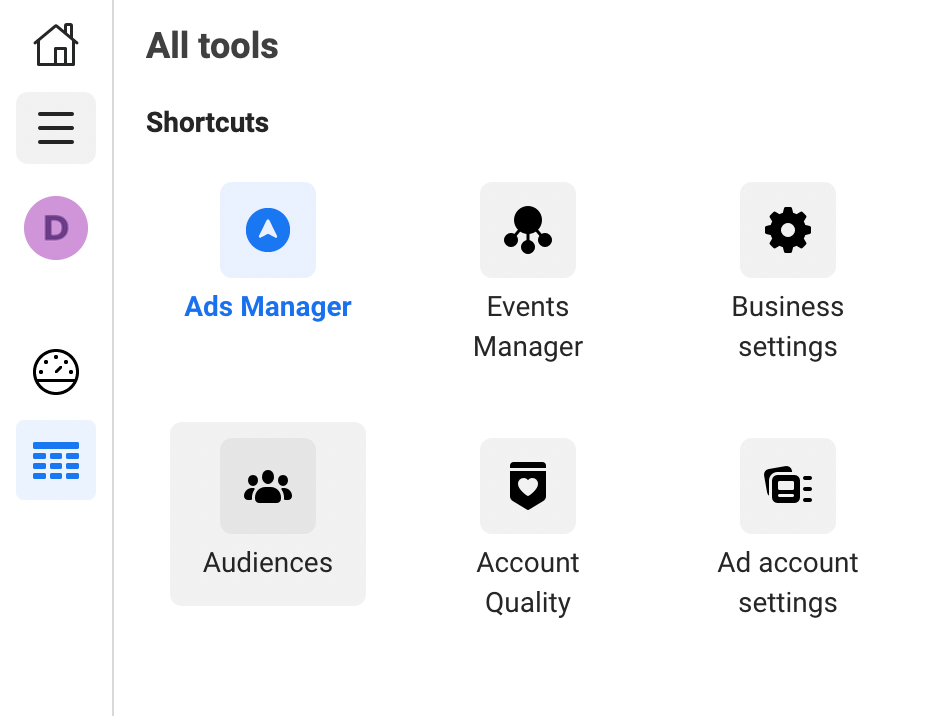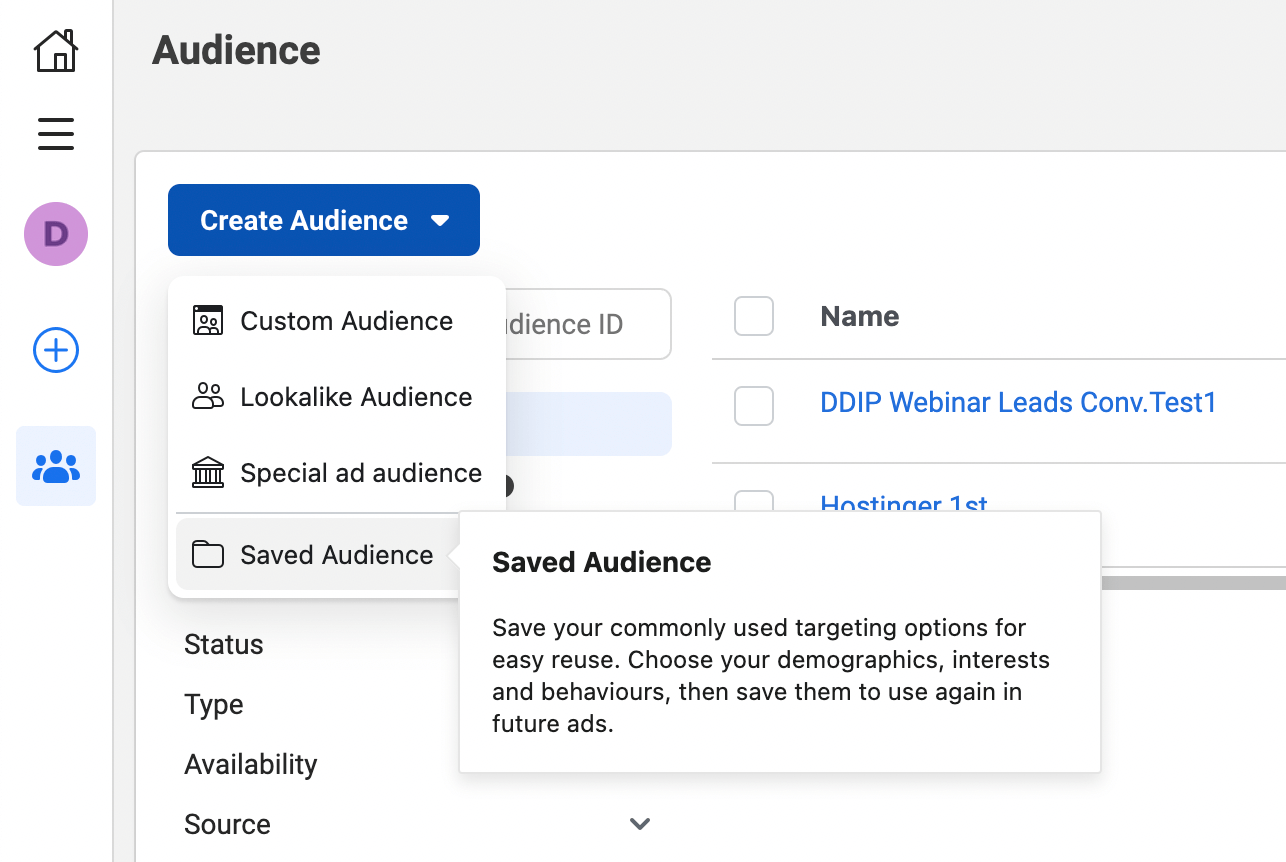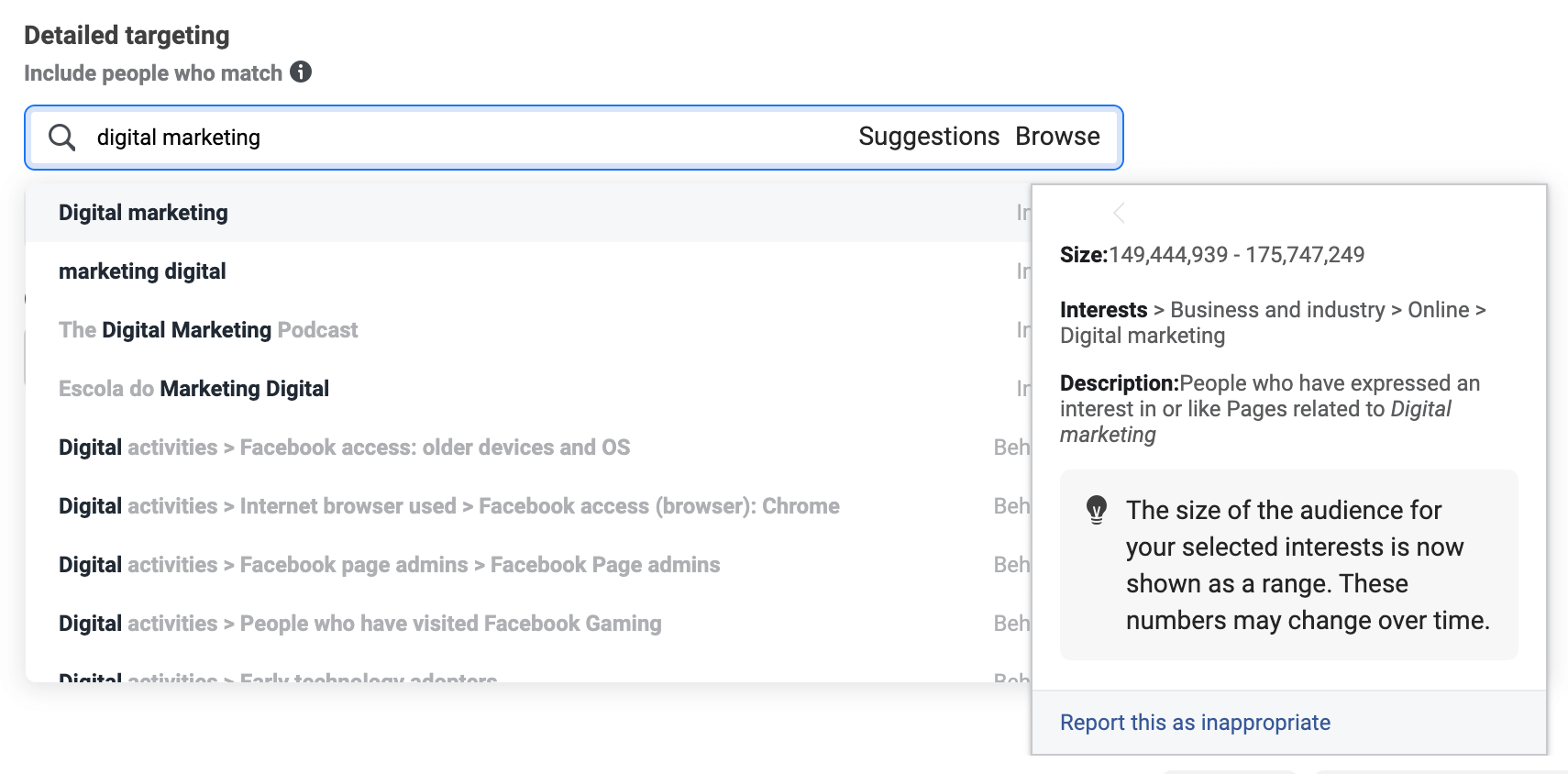The 3 Types of Audiences on Facebook Ads

There are two types of marketing channels. One is inbound marketing and the other is outbound marketing. In inbound marketing, customers are searching for you (like on Google). Many people looking for you are already warm and hot. You target the ads based on what people are looking for.
In outbound marketing, you are looking for customers (like on Facebook Ads). Your leads will be cold and you are targeting the ads based on who people are and not what they are looking for. That’s why targeting the right audience on Facebook Ads is way more important than Google Search Ads.
In search ads, the intent is clear based on the keyword that is being searched. It doesn’t matter too much who the audience is. If they are searching for something specific, for example, “running shoes for men” then there is a high chance that they want it, irrespective of who they are.
A lot of people who run Facebook Ads fail. They complain that the platform doesn’t suit their business. They are most probably not targeting the right audience with the right message and that’s why they are failing.
Any B2C business can gain from Facebook Ads and Facebook is a platform that they cannot ignore because there is a high chance that the target customer of the business is already on Facebook.
So how do we target the right audience on Facebook? What are the different types of audiences to whom you can run ads? Let’s take a deep dive into this article.
1. Saved Audience
A saved audience is the simplest type of audience you can create for your Facebook Ad campaign. You can set it up while you are creating your first ad campaign, or you can create it in the audiences section of Facebook Ads.

Go to Audiences and Click on Create Audience. You will see options to make a Lookalike Audience, Custom Audience, and Saved Audience. Click on Saved Audience and enter the demographic details of the audience that you want to target.

Before you set up your Facebook Ad, you need to have a clear idea about who your target audience is. That’s why it is important to develop customer avatars for your business. If you have done the Digital Deepak Internship Program, you would have learned about it in the 2nd week of the program with practical exercises.

In the saved audience section, you can enter the location (in this case India), the age range of your target audience, gender, and most importantly, interests.
Here you can see that I am creating a saved audience called “Students”. I have put the age range between 18-25. I am only going to target the people who are interested in “Digital Marketing”.

Facebook tells me that I am targeting 150-175 million people. That’s a lot, but only a small percentage of this audience can be reached out using Facebook Ads because not everyone spends time on Facebook every day.
Instead of running ads for everyone, I can run ads just for this audience and my ads would perform better than an ad that has a wider audience. This is some good targeting, but it can be better.
You see, the amount of data that Facebook has about its users is not good enough to refine your ad targeting to a precise level. We are using their demographic and interests data to target, but there are better targeting options. That’s where we get into Custom Audience.
2. Custom Audience
To set up Custom Audiences on your account, you need to activate your Facebook Pixel. The Pixel is nothing but a small piece of javascript code that sits on all the pages of your website. I deep dive into the Facebook Pixel in another article.
In this article, just understand what a custom audience is and the actual setup of it, you can do it after you have installed the Facebook Pixel.
A custom audience is created to help Facebook track what is happening outside of Facebook, on your website. That’s why you need to place the pixel code on your website.
Let’s say you have 1,000 people clicking on your ad. 900 people wait for your website to load and out of those 900, around 100 fill up a lead form and become your lead. After they fill the lead form, they go to a thank you page (where the Facebook Pixel is installed). Facebook can now find out that the user has clicked on the Facebook Ad, and completed the desired action which is to fill the form and reach the thank you page.
Now Facebook has some idea about who these 100 people are and then the ad engine will try to find more users on Facebook who closely match these 100 users based on various parameters and tries to make your ad more efficient by only showing it to the people who are highly likely to complete the action on your page (become a lead).
To run this type of highly targeted ad, you also need to set up something called Custom Conversions which I have explained in detail in another article.
You can now set up a custom audience of all the people who became your lead and run ads only for them. You can also create a custom audience for people who have visited your website but did not fill the form to go to the thank you page. You can run re-targeting ads for them if you want.
And one of the main benefits of a custom audience is to use it as a seed to create a lookalike audience. That brings us to the next section of this article.
3. Lookalike Audience
Lookalike audiences are the audiences that look similar to your existing set of audiences. You have to provide the “seed” audience for the lookalike audience to be created.
One of the best ways to create a lookalike audience is to make sure that you have a website custom audience. The audiences that look similar to your website visitors are going to be the most targeted audience for your business.

Lookalike audiences range from 1% to 10%. At 1% they will be closer to your seed audience. At 10% they will be farther from your seed but at the same time, you will get access to a much wider audience.
The quality of your lookalike audience will go up when you have more data in the seed. If you have 1,000 website visitors and if you make a lookalike audience, the targeting might not be that accurate. However, if you have 10,000 website visitors then your lookalike audience will be much more refined because Facebook now has more data to refer to when hunting for a new set of audience.
I hope this article helped you get an understanding of the different types of audiences on Facebook. You will get comfortable with all these types of audiences only when you set them up for the first time. If you are part of my Digital Deepak Internship program, you would’ve experienced this through practical assignments already, if not, apply for the program today.